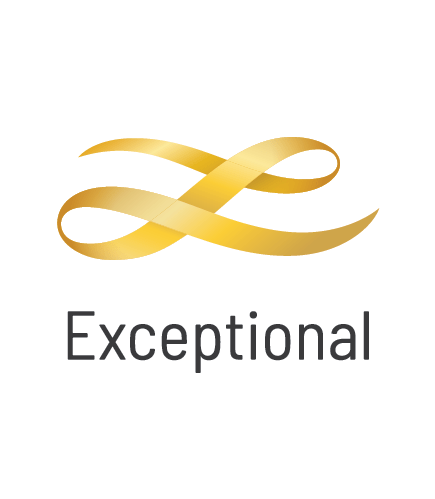Ornellaia Bolgheri Superiore
Bolgheri Superiore is the Italian winery, Ornellaia's flagship wine which gives rich fruit on the nose and crispy oak. The palate is lively and powerful which full, concentrated fruit flavours and impressive silky, smooth tannins leading to an elegant yet spicy, long finish.
M chapoutier La Mordoree
Château Montrose St-Estèphe
The balancing act of Chateau Montrose sees 53% Cabernet Sauvignon, 37% Merlot, 9% Cabernet Franc and 1% Petit Verdot and for the first time an inclusion from the recently purchased vineyard parcel of Phelan Segur. Chateau Montrose is considered a top producer from St-Estephe, known for potential in cellaring and considered unique for its style, which is set to 'vin de garde' wines. The estate property is set on gravel-based soils and sits in what is conisdered a microclimate, also conspiring in the unique perfumes, composition and forimdable structure of these wines. 2010 has been spectacular for Montrose power and presence, and will be a worthy wine to drink in a decade to 75 years.
Chateau Cos d'Est ournel
Majestic, intense, full-bodied and tannic, Cos dEstournel is considered the leading wine of St Estèphe. Highly tannic in its youth, over time it develops much much like the great wines of adjoining Pauillac. A true "super second" growth.
Moss Wood Cabernet Sauvignon
One of Australia's icon wines, this is Cabernet at its very best. This wine is the very definition of power and elegance. Hand crafted by Keith Mugford and his team in the Margaret River, Moss Wood deservedly fits in the Exceptional category of Langton's Classification of Australian Wine.
Woodlands Matthew Cabernet Sauvignon
Torbreck RunRig Shiraz
The flagship of the Torbreck stable. Recently been elevated to 'Exceptional' status in Langton's Fine Wine Classification, it is a wine of utmost power and density. Famous for rich concentration and opulent power, this exceptional Australian Shiraz is as popular abroad as it is at home. Definitely one to place in the cellar and simply forget about - let the patience reward you over 10 or more years time.
Chris Ringland Hoffman Shiraz
Chris Ringland Hoffman Shiraz 2006 is a wine for the connoisseur. The palate is complex, with flavours of smoke, liquorice, blueberry and toasty oak on a savoury, super-ripe and gentle structure. For the 2006 vintage, the wine was then aged in new French oak for five years, before blending in preparation for bottling. It's impeccably aged and drinking beautifully now or until 2020.
Jim Barry Armagh Shiraz
'One of Australia's highest quality single vineyard wines. The core has liqueur cassis qualities that are supported by fine velvet tannins that run with terrific length and tenacity. A wine for the discerning hedonist.' - Andrew Woodforth, Vintage Cellars Spit Junction. 'Now listed in the "exceptional" category of the Langton's Classification VI, this landmark red of the region hits you with wow-moment fruit, vibrant to the max and an OTT intensity rating. French oak adds a clove-like spice while the juicy core centres around super-concentrated raspberry rich flavours, the finish seems to last forever. Its history is profound and its cellar potential huge.' 5 Stars - Adelaide Advertiser, 14 May 2014, by Tony Love.


































